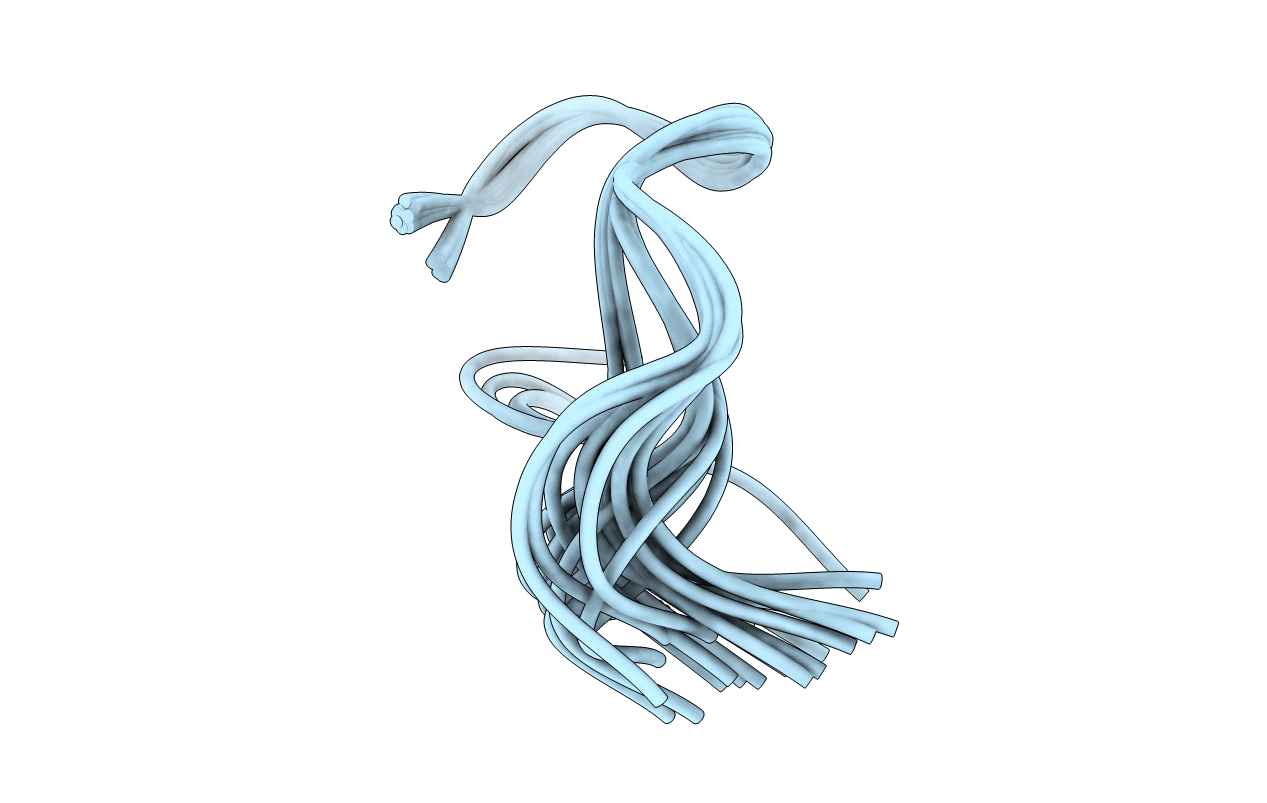
Deposition Date
1999-06-25
Release Date
1999-10-06
Last Version Date
2024-11-13
Entry Detail
PDB ID:
1QS3
Keywords:
Title:
NMR SOLUTION CONFORMATION OF AN ANTITOXIC ANALOG OF ALPHA-CONOTOXIN GI
Biological Source:
Source Organism:
Method Details:
Experimental Method:
Conformers Calculated:
100
Conformers Submitted:
30
Selection Criteria:
structures with the lowest energy


